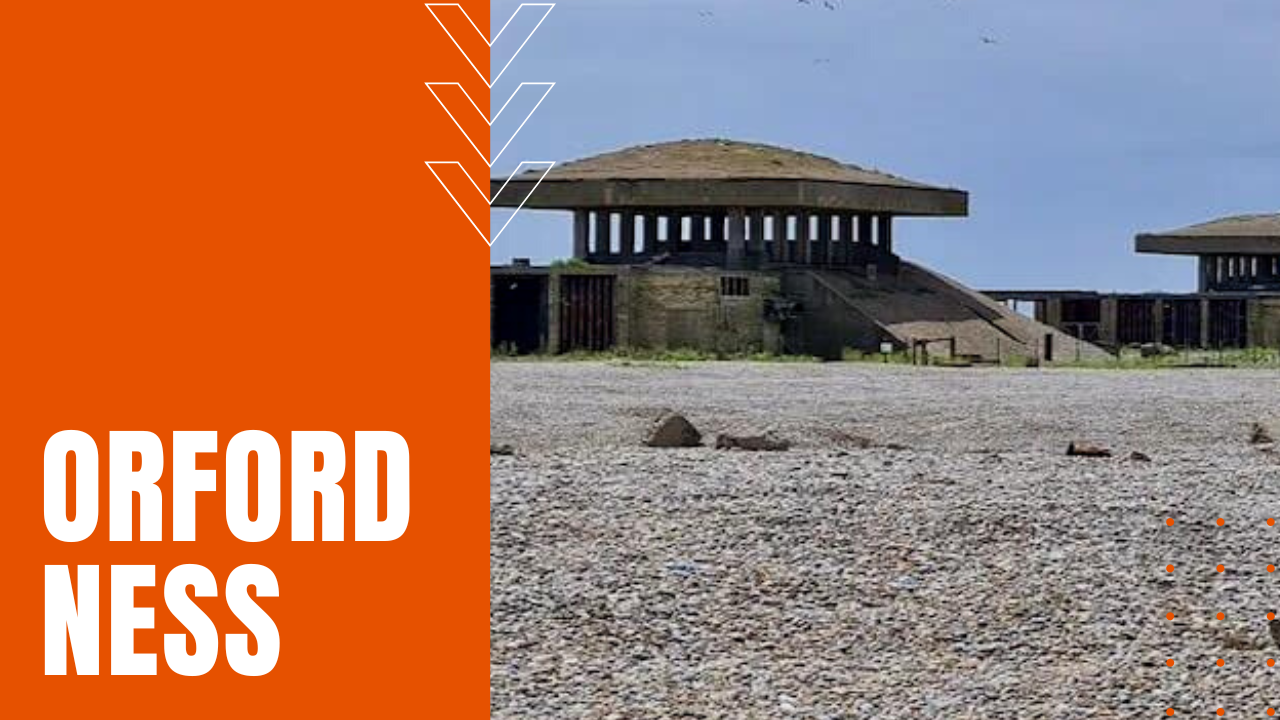Orford Ness

Less than a mile from the village of Orford stands an eleven-mile island, separated from the Sussex mainland by the Orford River. A decade after the Wright Brother’s historic first flight, the British government chose Orford Ness as its top-secret facility to refine the early techniques of aviation warfare, and after Chinese laborers drained the marshes and built a sea wall, Orford Ness would become Britain’s most top-secret weapons development site.
Britain’s Area 51
Frequently compared with Area 51, where the U.S. Air Force tested experimental aircraft in the Nevada desert, or Bletchley Park, where British mathematicians broke the Nazi’s enigma cypher code, for the next 70 years, Orford Ness scientists and pilots at first tested high explosives, night flying instruments, aircraft evacuation techniques and carrier-based landing and takeoff best practices.
Test Pilots Sacrificed
Many test pilots died at Orford Ness, as they pushed the limits of aviation in exchange for the development of lifesaving techniques that would serve military aviators throughout every major conflict of the 20th century. During the start of the Second World War, Orford Ness became home to many captured enemy planes and weapons, where researchers studied the Luftwaffe’s superior aircraft to make improvements to Allied warbirds, such as fuel tanks built to resist puncture and explosion when a plane came under enemy fire.
Top Secret Facility
Despite the need-to-know, top-secret nature of Orford Ness, one engineer joked that he knew so much about German aircraft that he could have applied for a job in the Luftwaffe. Bomb ballistics experiments also led to improvements in strategic bombing techniques, which proved vital in shortening the conflict in both theaters of war, while pioneering advances in radar technology by Robert Watson-Watt helped develop a chain of early warning radar stations known as Chain Home, that proved vital in the defeat of the Luftwaffe during the Battle of Britain.
A Cold War Stronghold
During the coldest days of the Cold War, Orford Ness scientists led by Barnes Wallis built and tested some of the largest bombs in Britain’s arsenal, including the 12,000-pound Tallboy bomb casing for the Blue Danube, Britain’s first nuclear weapon, while the secret site became home to the joint US/UK project known as Cobra Mist in the 1960s, where scientists tracked Soviet aircraft and missile activity throughout the U.S.S.R. In 1973, Cobra Mist was shut down due to noise interference, most likely caused by Soviet jamming efforts, before the now defunct facility was converted into a transmission station for BBC World Service. Today, combined with Havergate Island, Orford Ness has become a nature conservancy for the protection of wildlife, making Orford Ness, a vital proving ground during the brutal wars of the 20th century.
